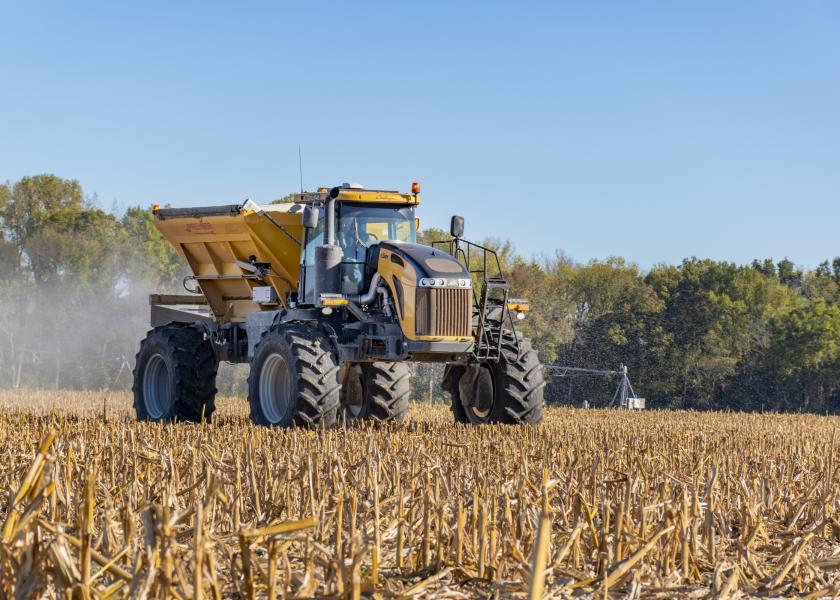American-Made Fertilizer on the Horizon in 2022

Last week, the USDA announced plans to put $250 million toward American-made fertilizer to give U.S. farmers more choices in the marketplace.
Made in America
According to USDA, fertilizer prices have more than doubled since 2021 due to Putin’s price hike, a limited supply of the relevant minerals and high energy costs, increased global demand and agricultural commodity prices, reliance on fertilizer imports, and lack of competition in the fertilizer industry.
The program will only support American fertilizer production that is:
• Independent – outside the dominant fertilizer suppliers
• Made in America – produced in the United States by domestic companies
• Innovative –improve upon fertilizer production methods to jump start the next generation of fertilizers
• Sustainable – reduces the greenhouse gas impact of transportation, production, and use through renewable energy sources, feedstocks, formulations, and incentivizing greater precision in fertilizer use.
“Recent supply chain disruptions from the global pandemic to Putin’s unprovoked war against Ukraine have shown just how important it is to invest in this crucial link in the agricultural supply chain here at home,” says USDA Secretary Tom Vilsack. “We are working to rebuild the economy towards resilience, security, and sustainability, and this is part of that effort.”
Industry Responds
In a statement released on Tuesday, The Fertilizer Institute shared their support for the program, noting the policy will help plead a vital fertilizer case—adding phosphate and potash to the Department of Interior’s Critical Minerals list.
“Ninety percent of all fertilizer in the world is used outside the United States, which means global supply and demand dynamics are critical factors in the price and availability of fertilizers,” the institute says. “TFI welcomes initiatives to strengthen domestic fertilizer production, including the USDA $250 million grant program to support the development and production of innovative fertilizers.”
Searching For a Solution
The U.S. is the second or third top importer for each of the three major components of fertilizer. Top producers of the major components of fertilizer include China, Russia, Canada and Morocco, with Belarus also providing a significant share of potash.
USDA intends to use funds from the Commodity Credit Corporation (CCC) set aside in September for market disruptions to develop a grant program that provides ‘gap’ financing to bring new, independent domestic production capacity on-line—similar to the recently announced meat and poultry grants designed to promote competition and resilience
Details on the application process will be made available in the summer of 2022. USDA anticipates payments will come through by the end of 2022.
According to USDA, the program will also include a public inquiry to find information on fertilizer, seed, agricultural inputs and retail—including wholesale and distribution markets.
The comment period will be open for 60 days once the requests for information are published in the Federal Register. After comments are obtained, USDA says it will develop reports and policies to promote fair competition outlined in Biden’s Competition executive order.
Read more from AgWeb:
> Another Black Swan Could Swoop into the Fertilizer Market
> USDA, Attorney Generals Call on Economists to Study Soaring Fertilizer Costs







